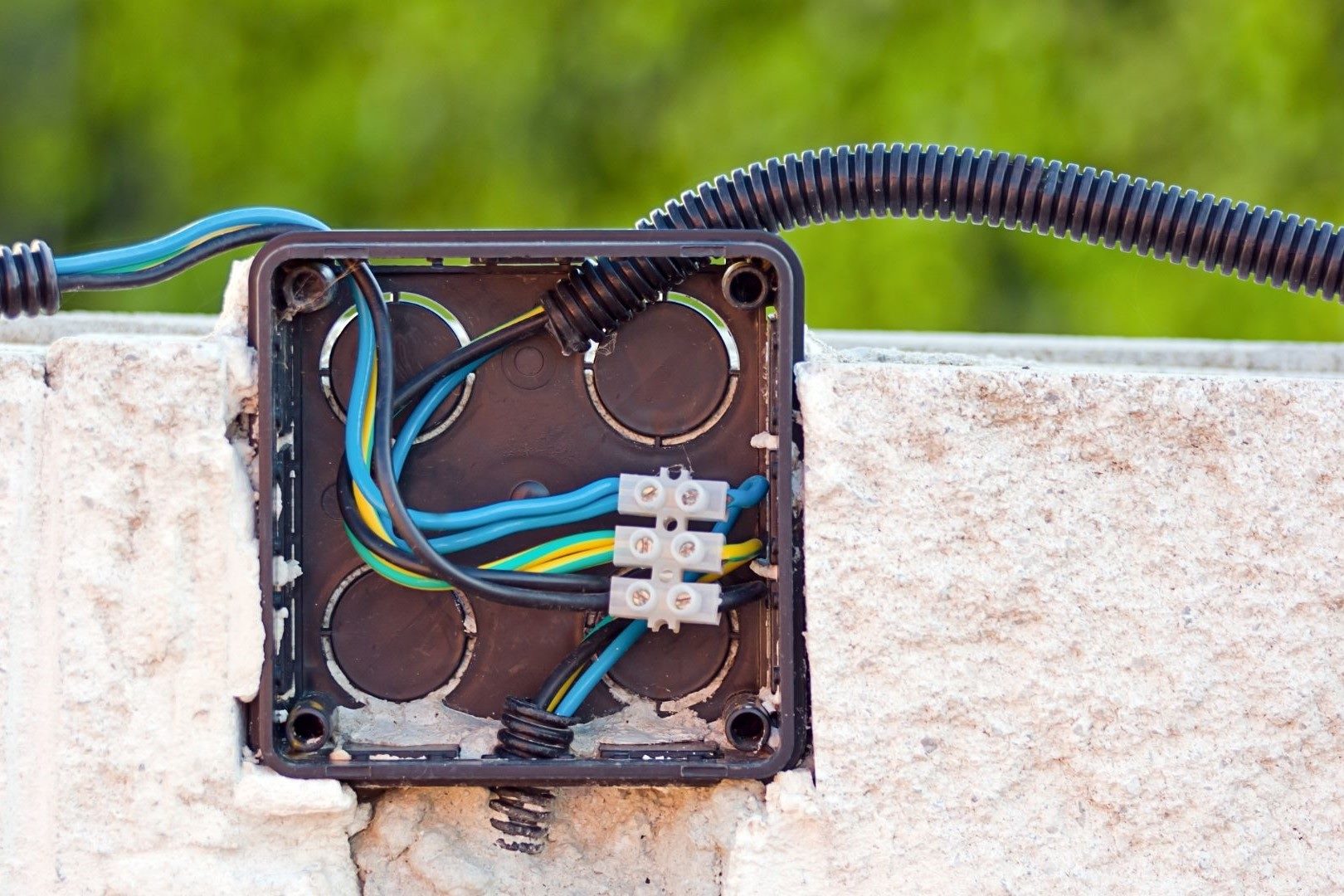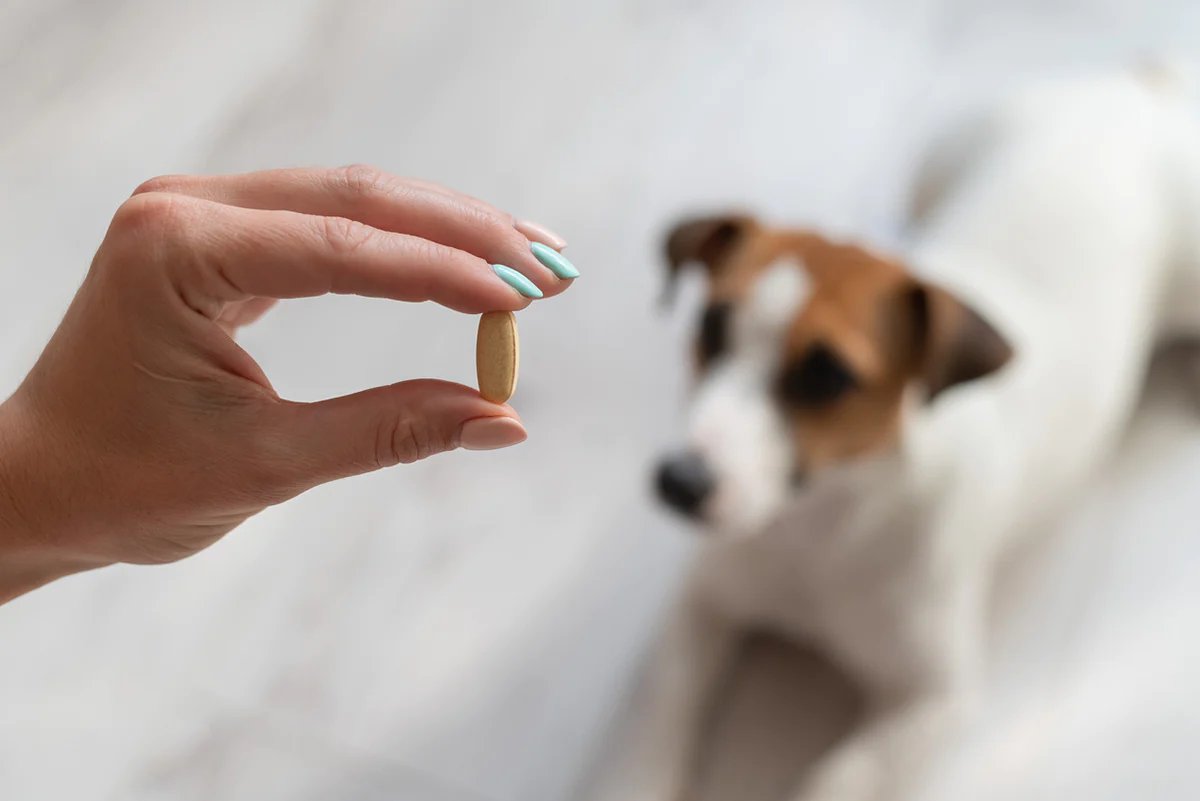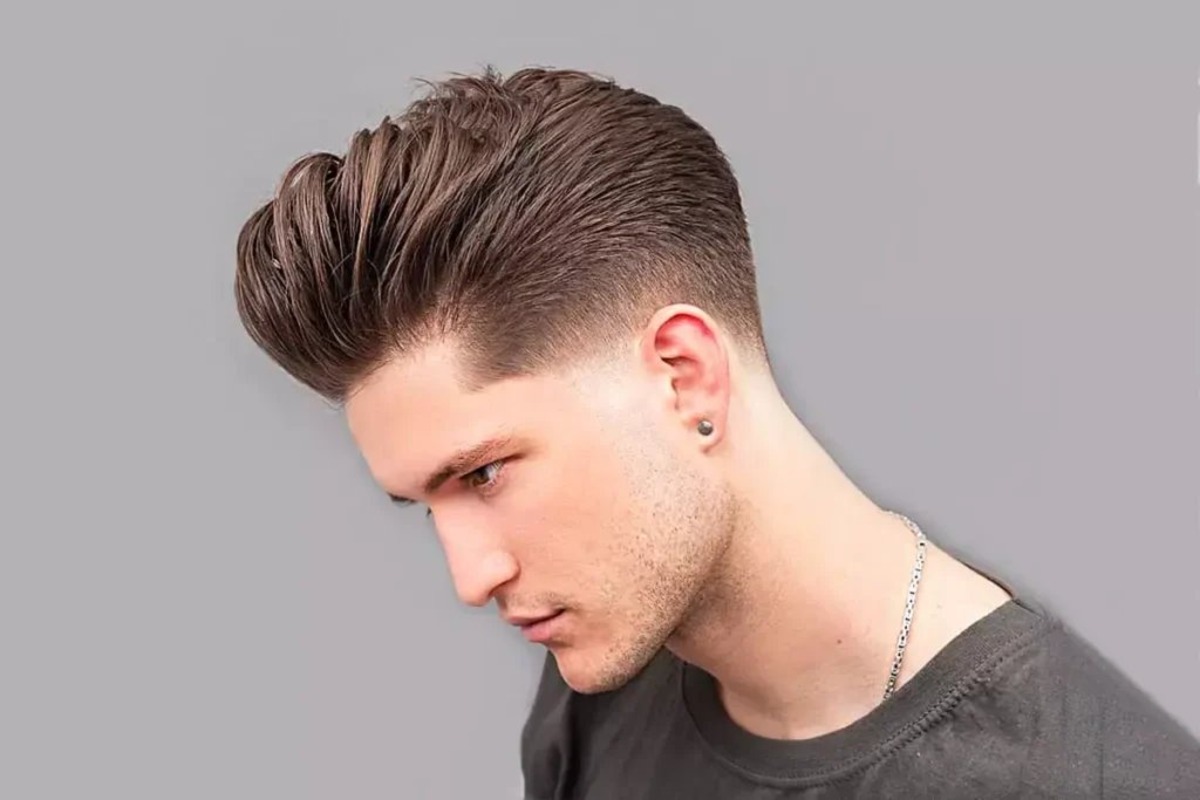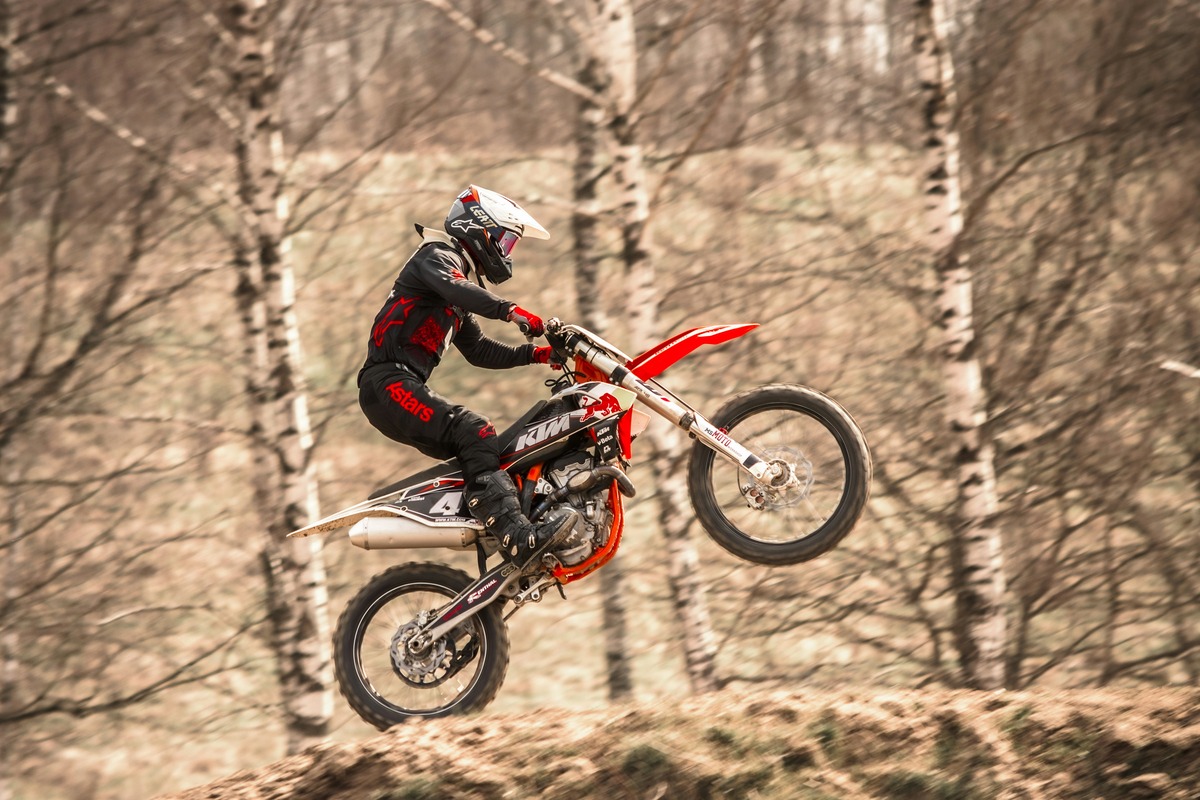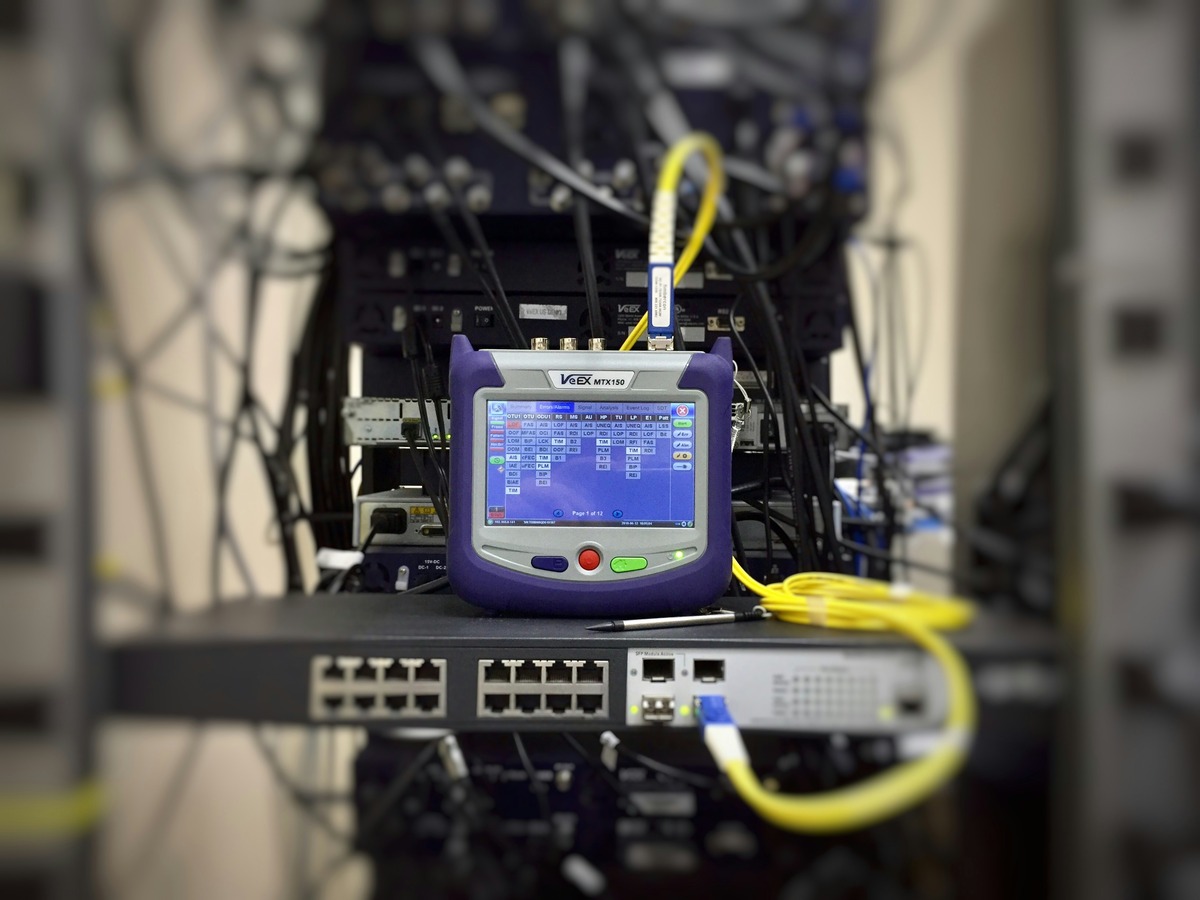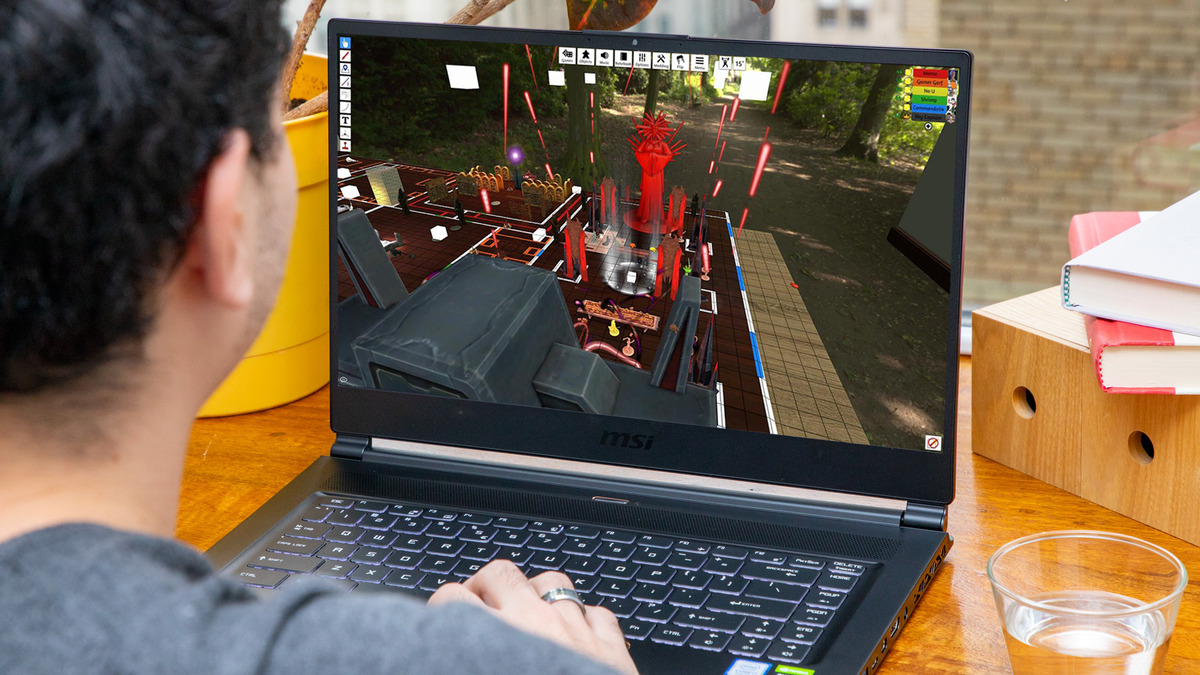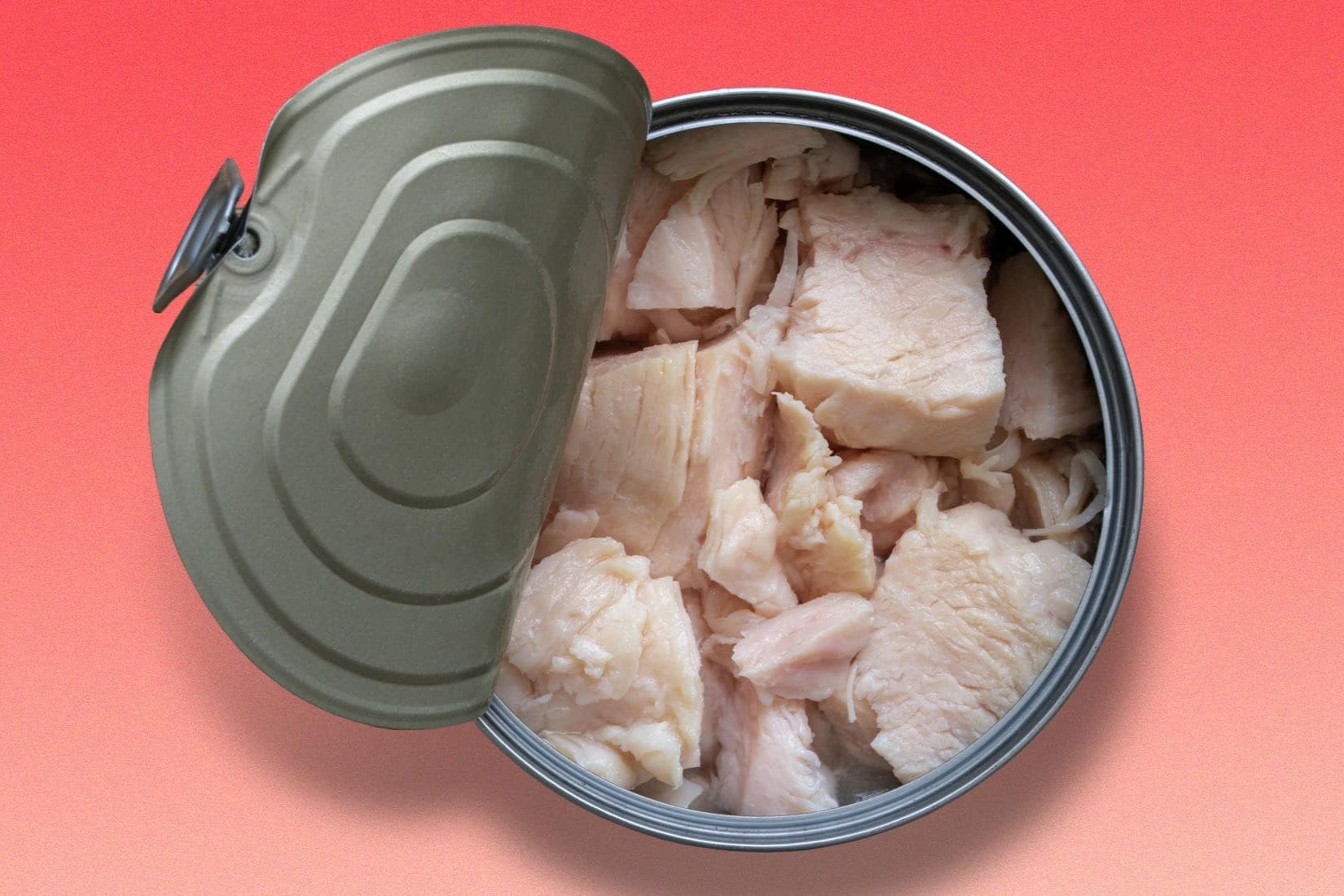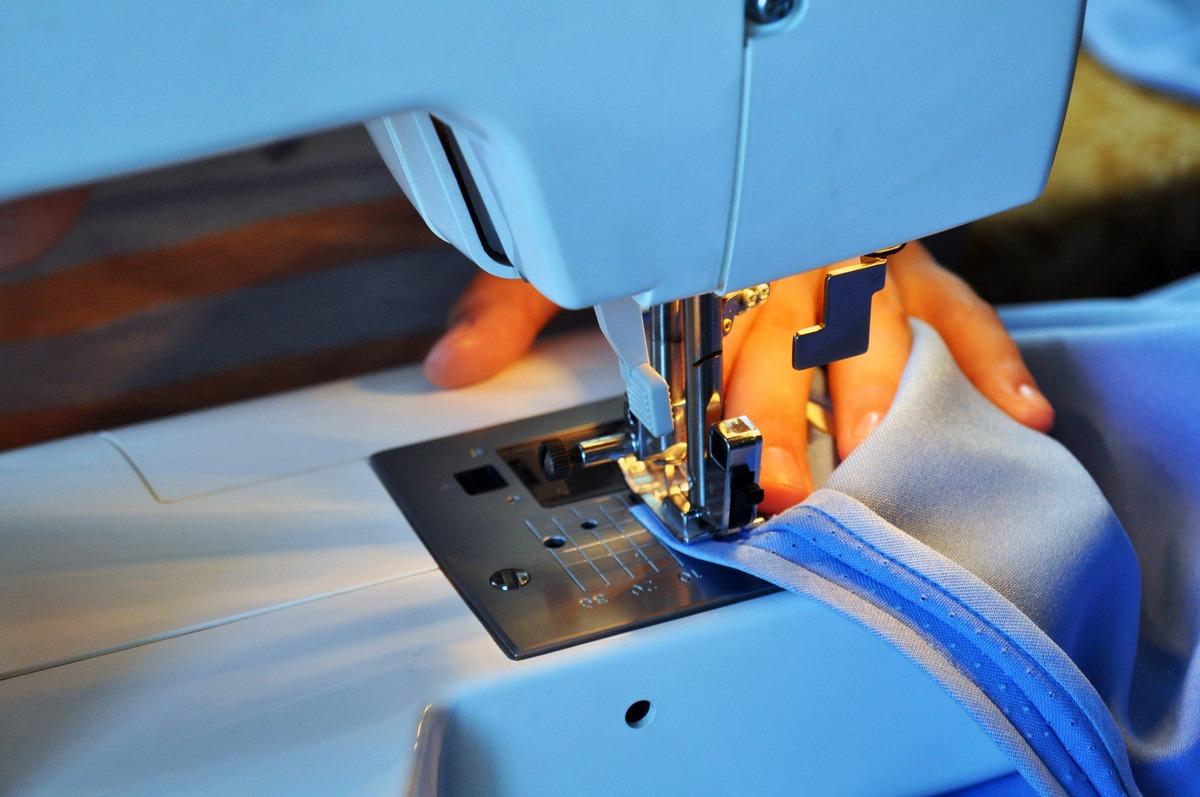Home>Lifestyle>The Ultimate Guide To Choosing The Perfect Sewing Machine For Beginners
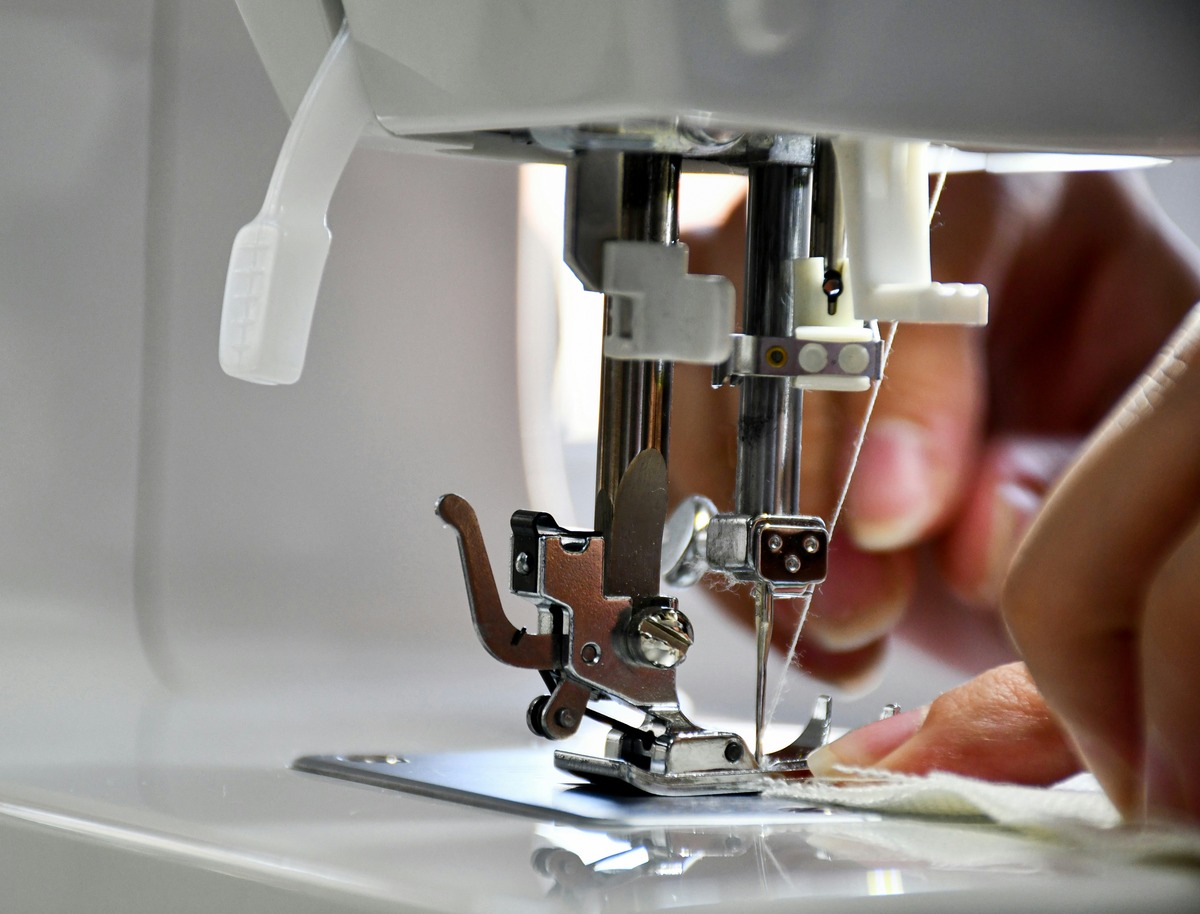

Lifestyle
The Ultimate Guide To Choosing The Perfect Sewing Machine For Beginners
Published: February 21, 2024
Discover the best sewing machine for beginners with our comprehensive guide. Find the perfect fit for your lifestyle and unleash your creativity today!
(Many of the links in this article redirect to a specific reviewed product. Your purchase of these products through affiliate links helps to generate commission for Noodls.com, at no extra cost. Learn more)
Table of Contents
Introduction
Embarking on a journey into the world of sewing is an exciting and fulfilling endeavor. Whether you're drawn to the art of creating your own garments, crafting beautiful home decor, or simply exploring a new hobby, having the right sewing machine is essential to your success. As a beginner, the prospect of choosing the perfect sewing machine may seem daunting, but fear not! This comprehensive guide is designed to demystify the process and empower you to make an informed decision that aligns with your needs and aspirations.
Sewing machines have evolved significantly over the years, offering a wide array of features and capabilities to cater to diverse skill levels and project requirements. Understanding the different types of sewing machines available in today's market is the first step towards finding the ideal match for your sewing journey. From mechanical machines that operate with precision and simplicity to computerized models equipped with advanced automation, each type presents unique advantages and considerations that will influence your selection.
Moreover, as you navigate the vast landscape of sewing machines, it's crucial to consider various factors that can impact your overall sewing experience. From the type of projects you envision tackling to the space available in your sewing area, these considerations will guide you in identifying a sewing machine that seamlessly integrates into your creative space and aligns with your skill level.
Furthermore, as a beginner, it's essential to prioritize specific features that can enhance your learning curve and provide a solid foundation for honing your sewing skills. By understanding the key features to look for in a beginner sewing machine, you can ensure that your chosen model empowers you to explore and experiment with confidence, setting the stage for a rewarding and enjoyable sewing journey.
In addition to exploring the features and considerations, this guide also delves into budget-friendly options for beginner sewing machines, ensuring that you can embark on your sewing adventure without breaking the bank. Furthermore, we'll provide valuable tips for maintaining and caring for your sewing machine, prolonging its lifespan and optimizing its performance for years to come.
With this comprehensive guide at your disposal, you're poised to embark on your sewing journey with confidence and clarity. Let's unravel the intricacies of sewing machines and equip you with the knowledge to make an informed decision that will set the stage for countless creative endeavors.
Understanding the Different Types of Sewing Machines
When delving into the world of sewing, understanding the different types of sewing machines is crucial for making an informed choice. Sewing machines come in various forms, each tailored to specific needs and skill levels. By familiarizing yourself with these types, you can pinpoint the most suitable option for your sewing endeavors.
-
Mechanical Sewing Machines: These traditional machines are operated manually, making them ideal for beginners seeking simplicity and reliability. With basic stitch options and mechanical controls, they offer a user-friendly introduction to sewing.
-
Electronic Sewing Machines: Incorporating electronic components, these machines provide added functionality and stitch variations. They often feature touchpad controls and digital displays, offering more versatility while remaining accessible to beginners.
-
Computerized Sewing Machines: Equipped with advanced technology, computerized machines offer an extensive range of stitches, automatic settings, and programmable embroidery capabilities. These machines are well-suited for those interested in intricate designs and customization.
-
Overlock Sewing Machines: Also known as sergers, overlock machines specialize in creating professional-looking seams and edge finishes. They are particularly useful for garment construction and can trim, stitch, and overcast raw edges in a single pass.
-
Embroidery Sewing Machines: Designed specifically for embellishing fabrics with intricate designs and patterns, embroidery machines feature built-in embroidery designs and often allow for computerized design uploads, making them a valuable asset for crafters and designers.
-
Quilting Sewing Machines: Tailored to the unique demands of quilting, these machines boast features such as extended workspaces, specialized quilting stitches, and advanced fabric feeding systems to accommodate the layers involved in quilting projects.
Understanding the distinctions among these sewing machine types empowers beginners to align their choice with their specific interests and aspirations. Whether you're drawn to garment construction, embroidery, quilting, or general sewing, selecting the right type of machine sets the stage for a fulfilling and successful sewing journey.
Factors to Consider When Choosing a Sewing Machine
Selecting the perfect sewing machine involves careful consideration of several key factors that can significantly impact your sewing experience. By evaluating these factors, you can make an informed decision that aligns with your unique needs and aspirations.
Skill Level:
Assessing your current skill level is essential when choosing a sewing machine. For beginners, a user-friendly machine with basic features and intuitive controls is ideal. As your skills progress, you may seek a machine with more advanced capabilities to accommodate your growing expertise.
Project Scope:
Consider the types of projects you intend to undertake. If you aspire to focus on garment construction, a machine with a variety of stitch options and the ability to handle different fabrics is crucial. For those interested in quilting or embroidery, specialized features such as extended workspaces and embroidery capabilities should be prioritized.
Sewing Space:
Evaluate the space available for your sewing endeavors. If you have a dedicated sewing area, you may opt for a larger, sturdier machine. Conversely, if space is limited, a compact or portable sewing machine may be more suitable.
Budget:
Establishing a budget is a fundamental step in the decision-making process. Sewing machines are available across a wide price range, and determining a budget that aligns with your financial considerations will narrow down your options and guide your selection.
Long-Term Needs:
Anticipating your long-term sewing needs is crucial. While a basic machine may suffice initially, considering your potential growth in sewing skills and project complexity can help you invest in a machine that accommodates your future endeavors.
Support and Resources:
Research the availability of customer support, tutorials, and accessories for your chosen machine. Access to instructional materials and a supportive community can enhance your sewing journey and provide valuable assistance when encountering challenges.
By carefully evaluating these factors, you can confidently navigate the diverse array of sewing machines available and select a model that not only meets your immediate requirements but also aligns with your long-term sewing aspirations.
Top Features to Look for in a Beginner Sewing Machine
When venturing into the world of sewing as a beginner, selecting a sewing machine with the right features can significantly impact your learning curve and overall sewing experience. Here are the top features to prioritize when choosing a beginner sewing machine:
1. Easy Stitch Selection and Adjustment
A beginner-friendly sewing machine should offer straightforward stitch selection and adjustment mechanisms. Look for machines with clearly labeled dials or buttons for selecting different stitches and adjusting stitch length and width. Intuitive controls streamline the learning process and empower beginners to experiment with various stitch options.
2. Automatic Needle Threader
An automatic needle threading feature eliminates the hassle of manually threading the needle, a task that can be daunting for beginners. This time-saving feature simplifies the setup process, allowing beginners to focus on honing their sewing skills without the frustration of threading the needle repeatedly.
3. Drop-in Bobbin System
A drop-in bobbin system enhances user convenience by providing easy access for inserting and removing the bobbin. This feature ensures smooth bobbin threading and simplifies the overall threading process, minimizing potential frustrations for beginners.
4. Built-in Light
A well-lit work area is essential for precision and visibility during sewing projects. Look for a beginner sewing machine equipped with a built-in light near the needle area to illuminate the fabric and sewing area, facilitating accurate stitching and reducing eye strain.
5. Free Arm Capability
A sewing machine with a free arm feature allows for easy sewing of cylindrical or tubular items such as sleeves, cuffs, and hems. This feature provides versatility and convenience, enabling beginners to tackle a wide range of sewing projects with ease.
6. Adjustable Presser Foot Pressure
The ability to adjust the presser foot pressure is valuable for accommodating different fabric thicknesses. Beginners can benefit from a sewing machine that allows them to customize the presser foot pressure to suit various fabrics, ensuring consistent and professional-looking stitches.
7. Reverse Stitch Function
A beginner sewing machine should include a reverse stitch function, enabling the sewing of secure backstitches to lock seams at the beginning and end of a seam. This feature reinforces the integrity of stitches and is essential for securing seams in various sewing projects.
8. Accessory Compatibility
Look for a beginner sewing machine that is compatible with a range of presser feet and accessories. This versatility allows beginners to explore different sewing techniques and applications as they progress in their sewing journey, without the need to invest in a new machine to accommodate advanced sewing techniques.
By prioritizing these top features in a beginner sewing machine, aspiring sewists can set the stage for a rewarding and enjoyable sewing experience, laying a solid foundation for their creative endeavors.
Budget-Friendly Options for Beginner Sewing Machines
When embarking on a new hobby or skill, such as sewing, it's natural to seek budget-friendly options that offer quality and functionality without breaking the bank. Fortunately, the sewing machine market caters to beginners with a range of affordable yet reliable options. These budget-friendly sewing machines provide essential features and versatility, making them ideal choices for those entering the world of sewing without a substantial initial investment.
One notable budget-friendly option for beginner sewists is the [Brand Name] [Model Name]. This mechanical sewing machine combines simplicity with practicality, offering a selection of essential stitches and user-friendly controls. Its lightweight and compact design make it suitable for small sewing spaces, catering to beginners with limited room for their sewing setup. Despite its affordability, the [Model Name] maintains durability and consistent performance, ensuring that beginners can embark on their sewing journey with confidence.
Another compelling choice in the budget-friendly category is the [Brand Name] [Model Name]. This electronic sewing machine strikes a balance between affordability and versatility, featuring an array of built-in stitches and convenient features such as automatic needle threading and one-step buttonhole functionality. Its intuitive operation and beginner-friendly design make it an attractive option for those seeking an accessible yet capable sewing machine without a hefty price tag.
For beginners interested in exploring quilting, the [Brand Name] [Model Name] presents an affordable entry point into the world of quilting and sewing. This budget-friendly quilting machine offers specialized quilting stitches, a wide quilting table for ample workspace, and adjustable sewing speed control, catering to beginners eager to delve into the art of quilting without overspending on their first machine.
Additionally, the [Brand Name] [Model Name] stands out as a cost-effective yet feature-rich option for beginners with a penchant for embroidery. This embroidery sewing machine provides built-in embroidery designs, a large embroidery area, and easy design editing capabilities, empowering beginners to unleash their creativity in the realm of decorative stitching and embellishments without straining their budget.
By exploring these budget-friendly options, beginners can kickstart their sewing journey without compromising on essential features and functionality. These affordable sewing machines offer a gateway to creativity and skill development, ensuring that aspiring sewists can pursue their passion for sewing without financial barriers hindering their progress.
Tips for Maintaining and Caring for Your Sewing Machine
Proper maintenance and care are essential for ensuring the longevity and optimal performance of your sewing machine. By incorporating regular maintenance practices into your sewing routine, you can safeguard your investment and enjoy seamless sewing experiences for years to come.
1. Cleaning and Dusting
Regularly clean your sewing machine to remove lint, dust, and debris that can accumulate during sewing sessions. Use a small brush or a lint roller to gently remove lint from the bobbin area, feed dogs, and needle plate. Additionally, consider using compressed air to blow out any stubborn debris from inaccessible areas.
2. Oiling and Lubrication
Refer to your sewing machine's manual to identify the specific points that require oiling and lubrication. Proper lubrication ensures smooth operation and prevents excessive wear on moving parts. Use high-quality sewing machine oil and follow the manufacturer's guidelines for the frequency of oiling to maintain optimal performance.
3. Needle and Thread Maintenance
Regularly change the sewing machine needle to prevent skipped stitches and fabric damage. Select the appropriate needle type and size based on the fabric being used. Additionally, ensure that the thread is compatible with the needle and fabric, and always thread the machine with the presser foot raised to facilitate proper tensioning.
4. Tension Adjustment
Monitor the thread tension and make adjustments as needed to achieve balanced and even stitches. Practice sewing on scrap fabric to test the tension settings before starting a new project. Understanding how to adjust the tension ensures consistent stitch quality and prevents thread breakage or puckering.
5. Storage and Covering
When not in use, protect your sewing machine from dust and environmental factors by covering it with a dust cover or storing it in a dedicated sewing machine case. Proper storage safeguards the machine's internal components and prevents the accumulation of debris, ensuring that it remains in optimal condition between sewing sessions.
6. Professional Servicing
Consider scheduling periodic professional servicing for your sewing machine, especially if you notice any unusual noises, vibrations, or stitching irregularities. A trained technician can perform thorough maintenance, cleaning, and adjustments to address any underlying issues and keep your machine in top working condition.
7. Usage Guidelines
Adhere to the recommended usage guidelines outlined in your sewing machine's manual. Avoid pushing the machine beyond its specified capabilities and refrain from using it for materials or projects that may strain its components. Following the manufacturer's guidelines promotes longevity and reliable performance.
By incorporating these maintenance and care tips into your sewing routine, you can preserve the functionality and precision of your sewing machine, ensuring that it remains a steadfast companion throughout your creative endeavors. Regular maintenance not only prolongs the life of your machine but also contributes to the quality and consistency of your sewing projects.
Conclusion
As we draw the curtains on this comprehensive guide to choosing the perfect sewing machine for beginners, it's evident that the world of sewing machines offers a diverse array of options tailored to various skill levels, project aspirations, and budget considerations. By understanding the different types of sewing machines, considering essential factors, and prioritizing key features, beginners can embark on their sewing journey with confidence and clarity.
The journey of selecting a sewing machine begins with an exploration of the different types available, from mechanical and electronic machines to advanced computerized models, each catering to specific sewing preferences and techniques. Understanding these distinctions empowers beginners to align their choice with their unique creative pursuits, whether it involves garment construction, quilting, embroidery, or general sewing.
Furthermore, the factors to consider when choosing a sewing machine provide a roadmap for beginners to navigate the multitude of options available. By evaluating their skill level, project scope, available sewing space, budget, long-term needs, and support resources, aspiring sewists can make an informed decision that aligns with their current aspirations and future growth in sewing expertise.
The top features to look for in a beginner sewing machine serve as a guide for prioritizing essential functionalities that enhance the learning curve and overall sewing experience. From easy stitch selection and automatic needle threading to built-in lights and accessory compatibility, these features lay the foundation for a seamless and enjoyable sewing journey.
Moreover, the exploration of budget-friendly options ensures that financial constraints do not hinder the pursuit of a newfound passion for sewing. Affordable yet reliable sewing machines cater to beginners, offering essential features and versatility without compromising on quality, enabling aspiring sewists to embark on their creative endeavors without a substantial initial investment.
Finally, the tips for maintaining and caring for a sewing machine underscore the importance of proper upkeep to ensure longevity and optimal performance. By incorporating regular cleaning, oiling, needle and thread maintenance, and professional servicing, beginners can safeguard their investment and enjoy consistent and reliable sewing experiences for years to come.
In conclusion, the journey of choosing the perfect sewing machine for beginners is an exciting and empowering endeavor. Armed with the knowledge and insights provided in this guide, beginners are well-equipped to make a confident and informed decision, setting the stage for countless fulfilling and inspiring sewing projects. Whether it's bringing imaginative designs to life, crafting personalized garments, or exploring the art of quilting and embroidery, the chosen sewing machine becomes a steadfast companion in a journey filled with creativity, learning, and self-expression.
